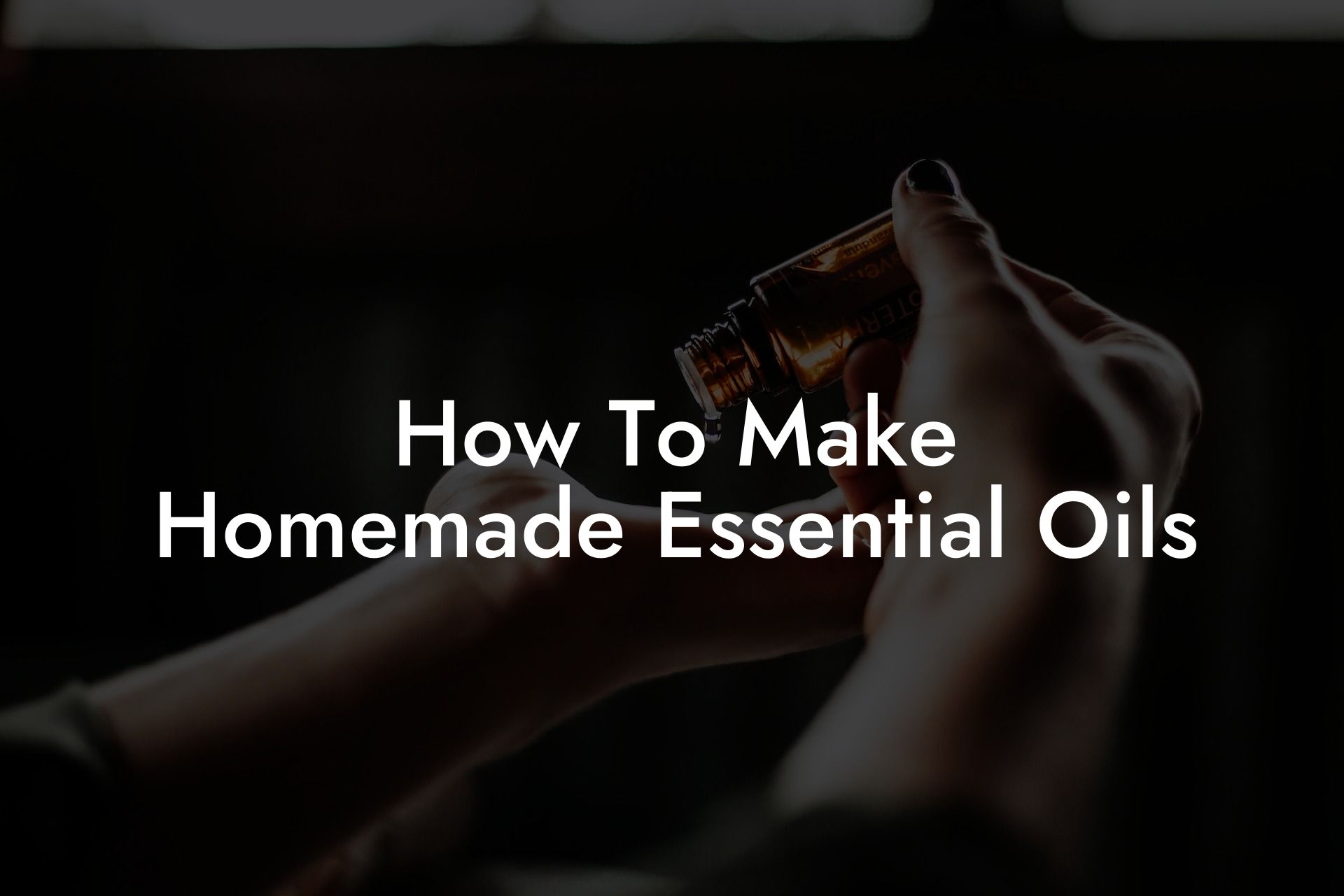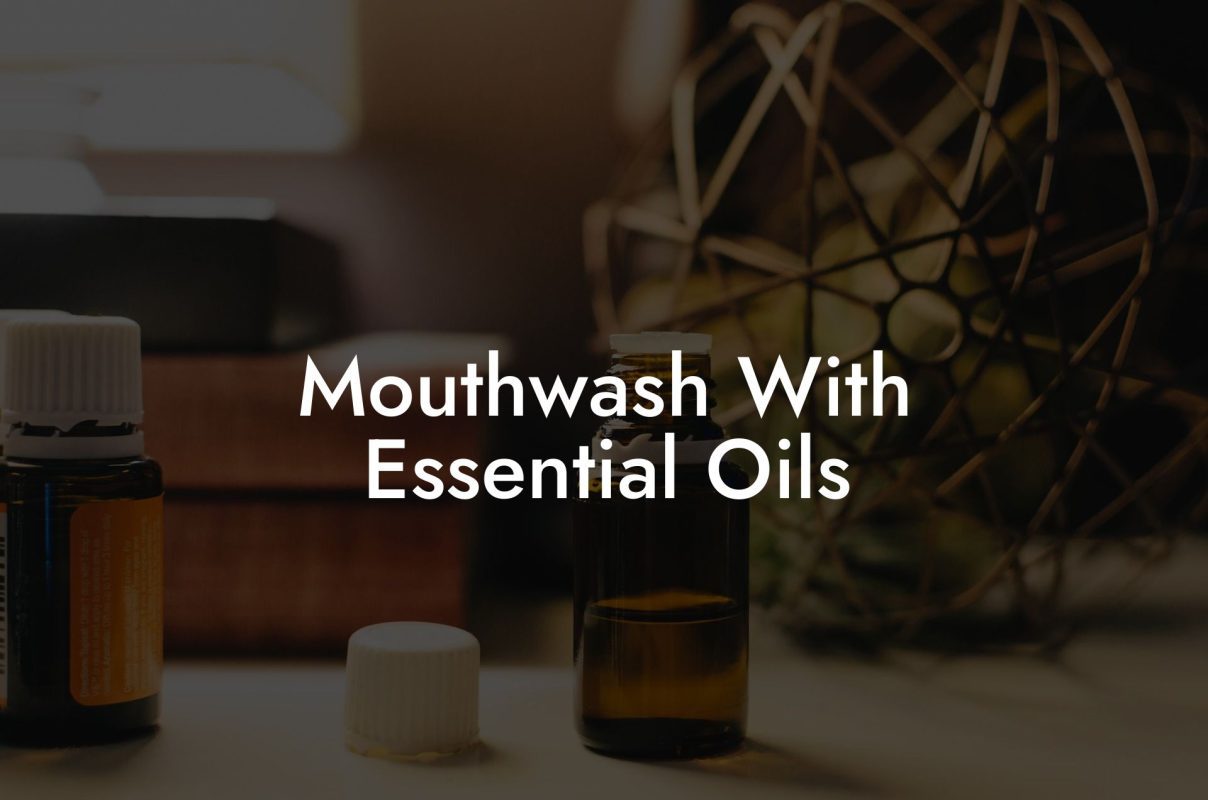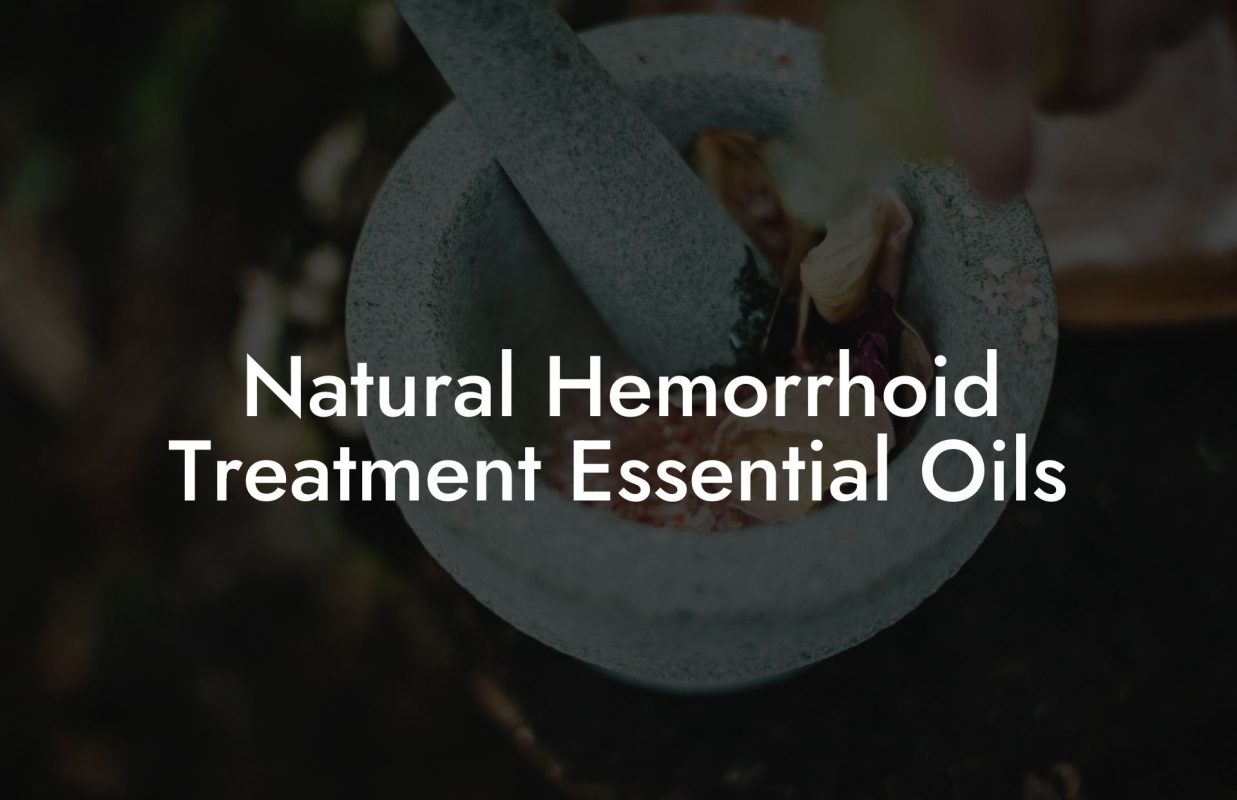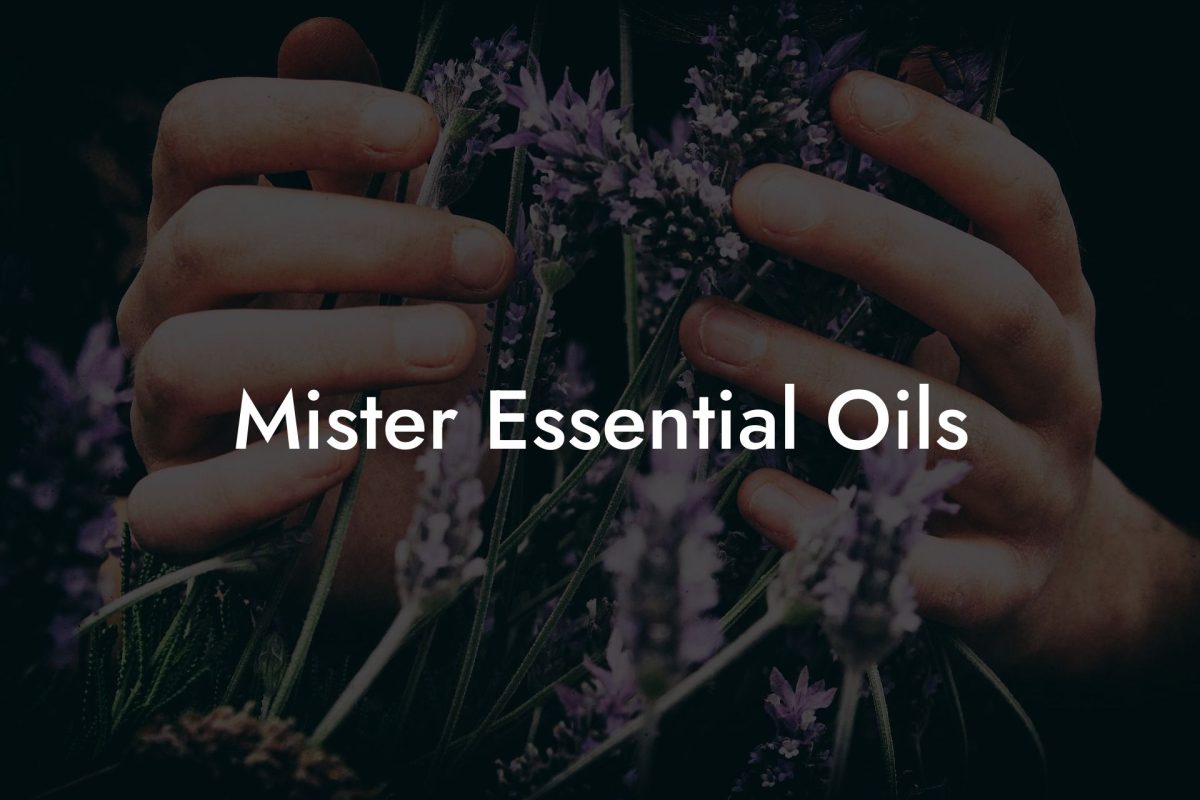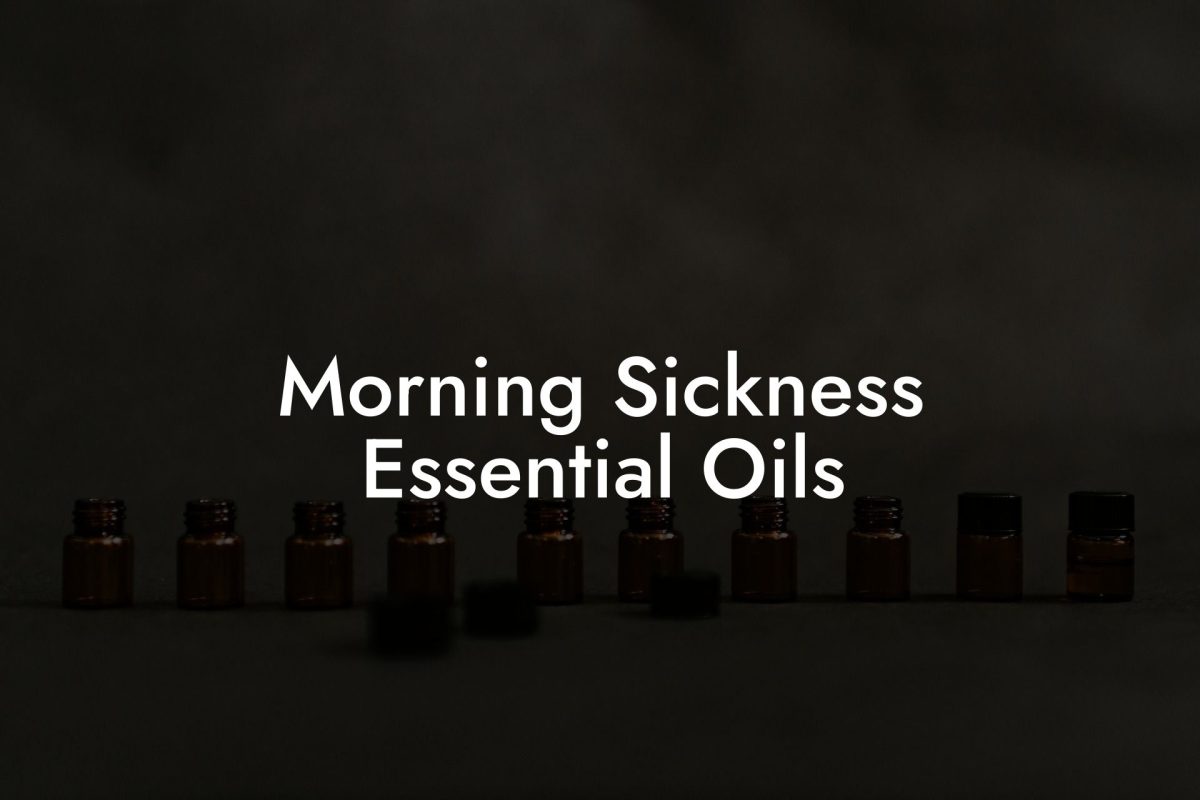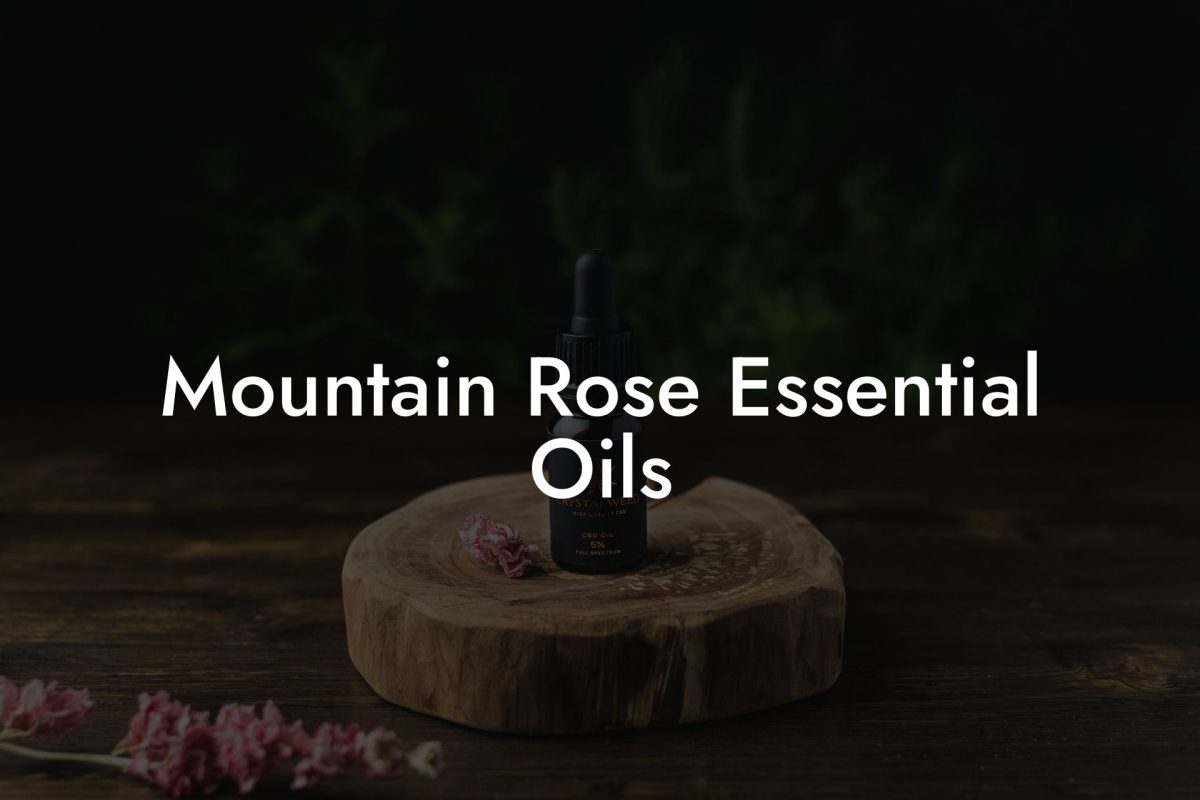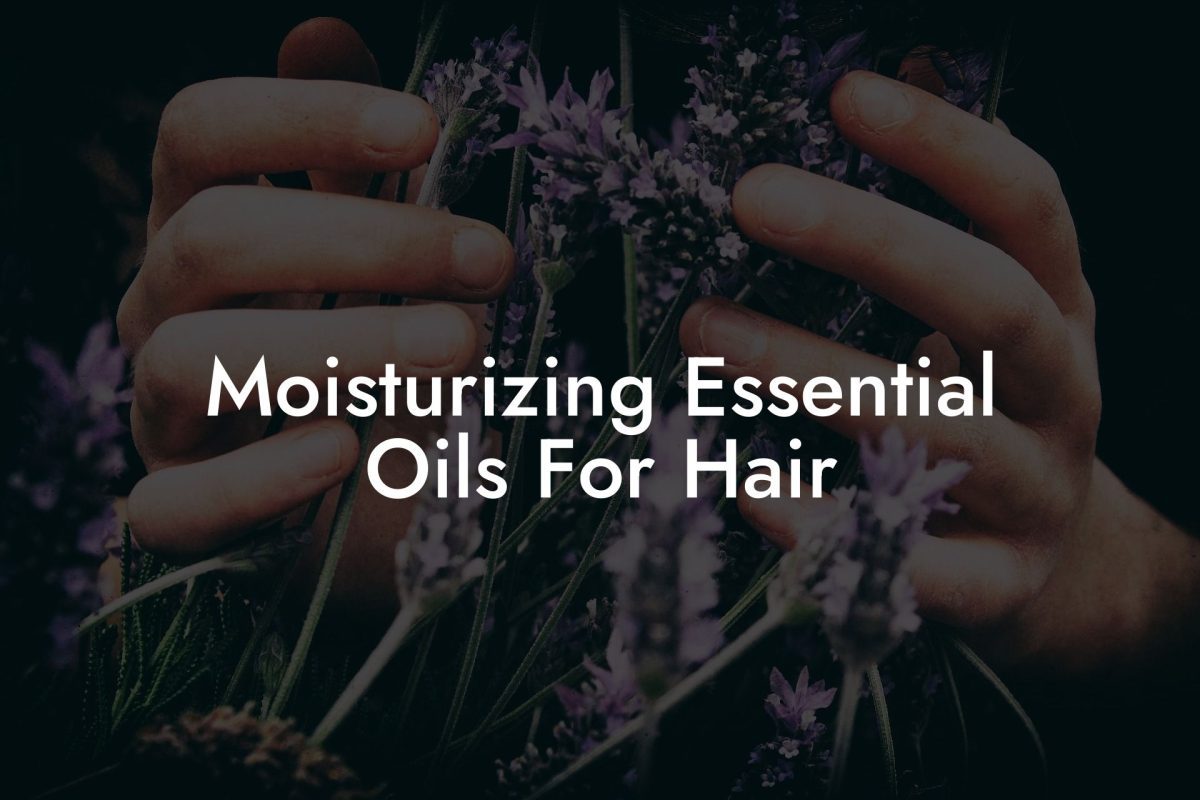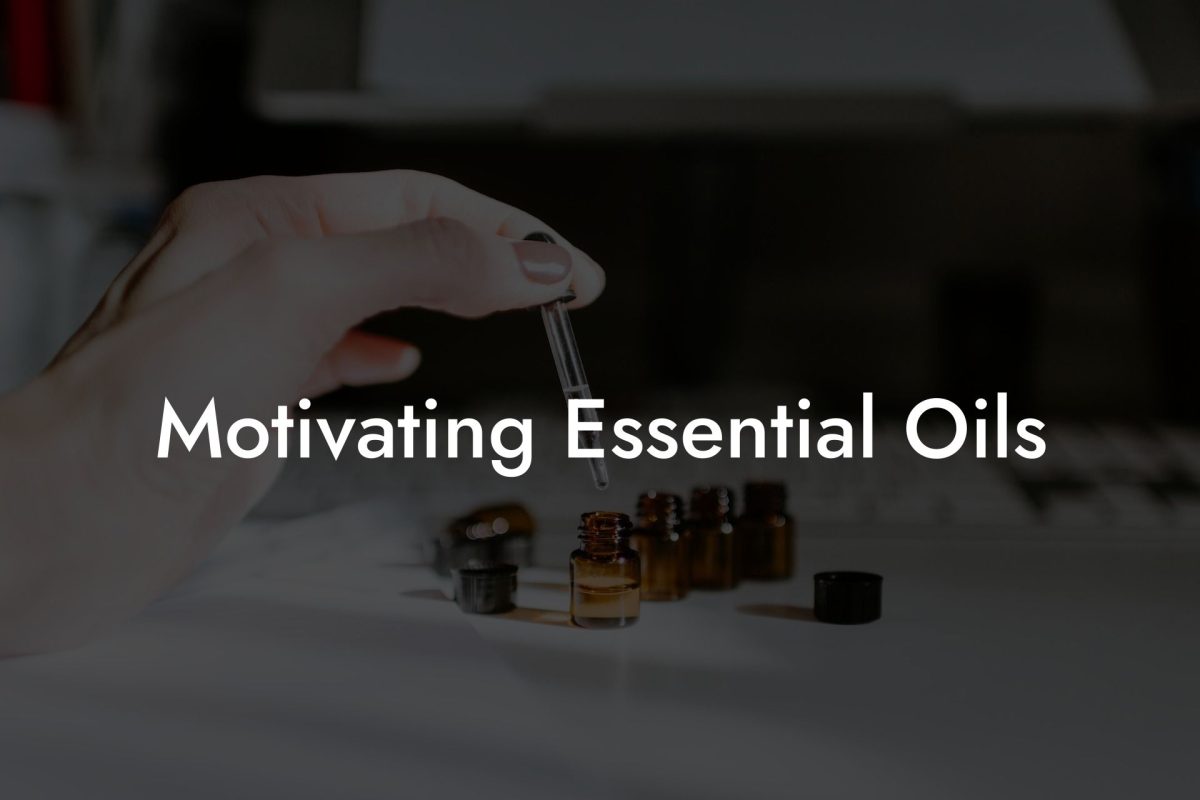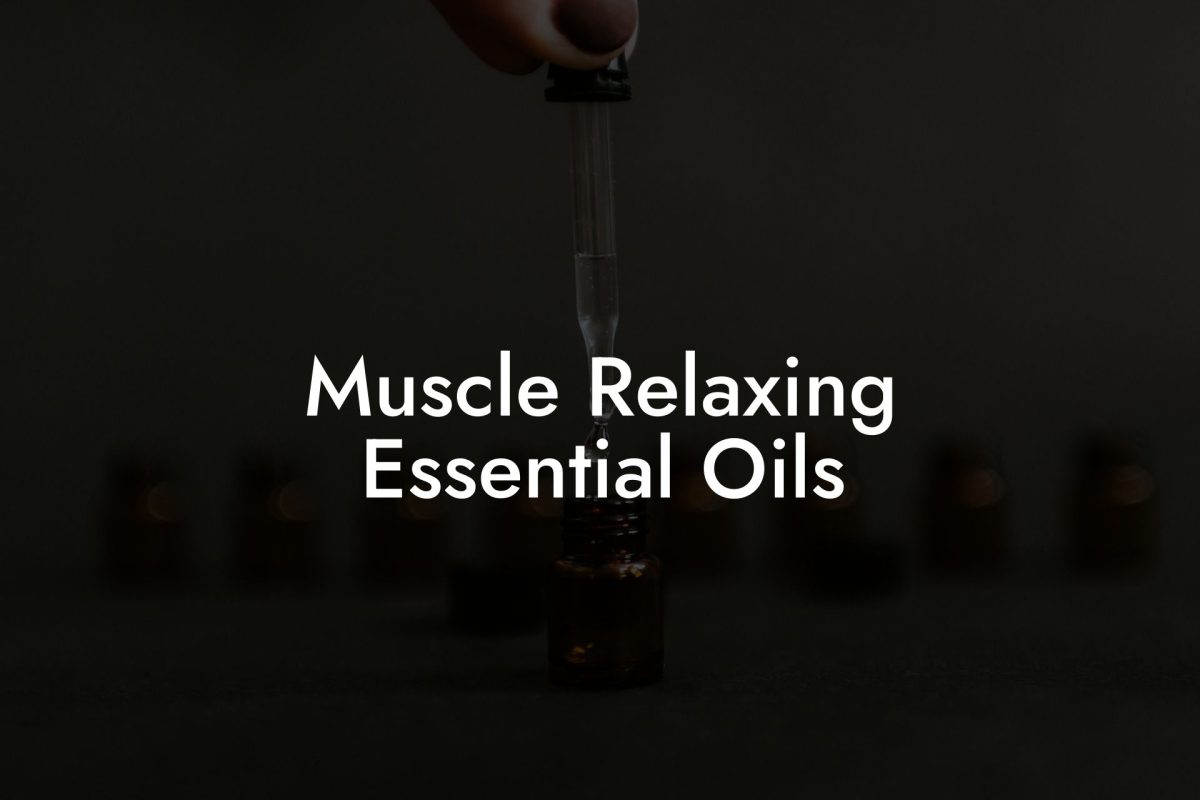Are you curious about creating your own customized essential oils at home? Homemade essential oils offer endless possibilities for personalizing blends, ensuring purity and saving money. Dive into the world of homemade essential oils and discover the joy of creating unique, natural scents for yourself and your loved ones.
Table of Contents
Benefits of Homemade Essential Oils
- Purity: By making your own essential oils, you have full control over the ingredients and can ensure the oils are free from synthetic additives and chemicals.
- Customization: Experiment with various plant materials to create blends tailored to your specific needs and preferences.
- Cost-effective: Making essential oils at home is generally more affordable than purchasing ready-made oils, especially when using locally sourced or homegrown ingredients.
- Eco-friendly: By using sustainable and locally sourced ingredients, you can minimize your carbon footprint and support local growers.
Methods for Making Homemade Essential Oils
-
Steam Distillation:
Steam distillation is the most common method for extracting essential oils from plant materials. This process involves passing steam through the plant material, causing the essential oil to evaporate. The steam and oil vapor then condense and are collected separately, typically using a distillation kit.
-
Cold Pressing:
This method is primarily used for extracting essential oils from citrus fruits, such as oranges and lemons. The fruit peel is mechanically pressed or grated to release the aromatic oil. The extracted oil is then separated from the fruit pulp by a centrifuge or filtration process.
-
Enfleurage:
Enfleurage is an old-fashioned method that utilizes fat to extract the essential oils from delicate flowers, such as jasmine or roses. The flowers are pressed into a solid layer of odorless fat which absorbs the essential oil. Once the fat is saturated with the fragrance, it is washed with alcohol to separate the essential oil.
-
Oil Infusion:
Infusing plant materials in a carrier oil, such as jojoba or coconut oil, is a simple method for creating a diluted essential oil blend. The plant material is soaked in the carrier oil for an extended period to allow the essential oils to transfer. This method is ideal for making oil blends for massage or body care products but may not produce as potent an essential oil as other methods.
How To Make Homemade Essential Oils Example:
Steam Distillation: Making Lavender Essential Oil at Home
- Gather fresh lavender flowers and leaves, ideally early in the morning when the oil content is at its highest.
- Finely chop or crush the lavender material to release the essential oils.
- Arrange the lavender in a distillation kit, either a professional kit or a DIY version using a pressure cooker and condensation coil.
- Heat the pressure cooker to produce steam, which will pass through the lavender material.
- Collect the condensed steam and lavender oil in a separatory funnel or other suitable container.
- The lavender essential oil will float on top of the water; separate the oil using a pipette or by decanting.
- Store the oil in a dark amber bottle, labeled and dated, in a cool, dark location to prolong its shelf life.
Now that you’ve discovered the fascinating world of homemade essential oils, feel free to explore, experiment, and create your very own unique blends. Share your newfound knowledge with friends and family, inspiring them to delve into the world of aromacology and essential oils. And don’t forget to check out Oshu Oils’ other fantastic guides on essential oils and our range of high-quality, artisan essential earth oils to further enhance your essential oil journey.

